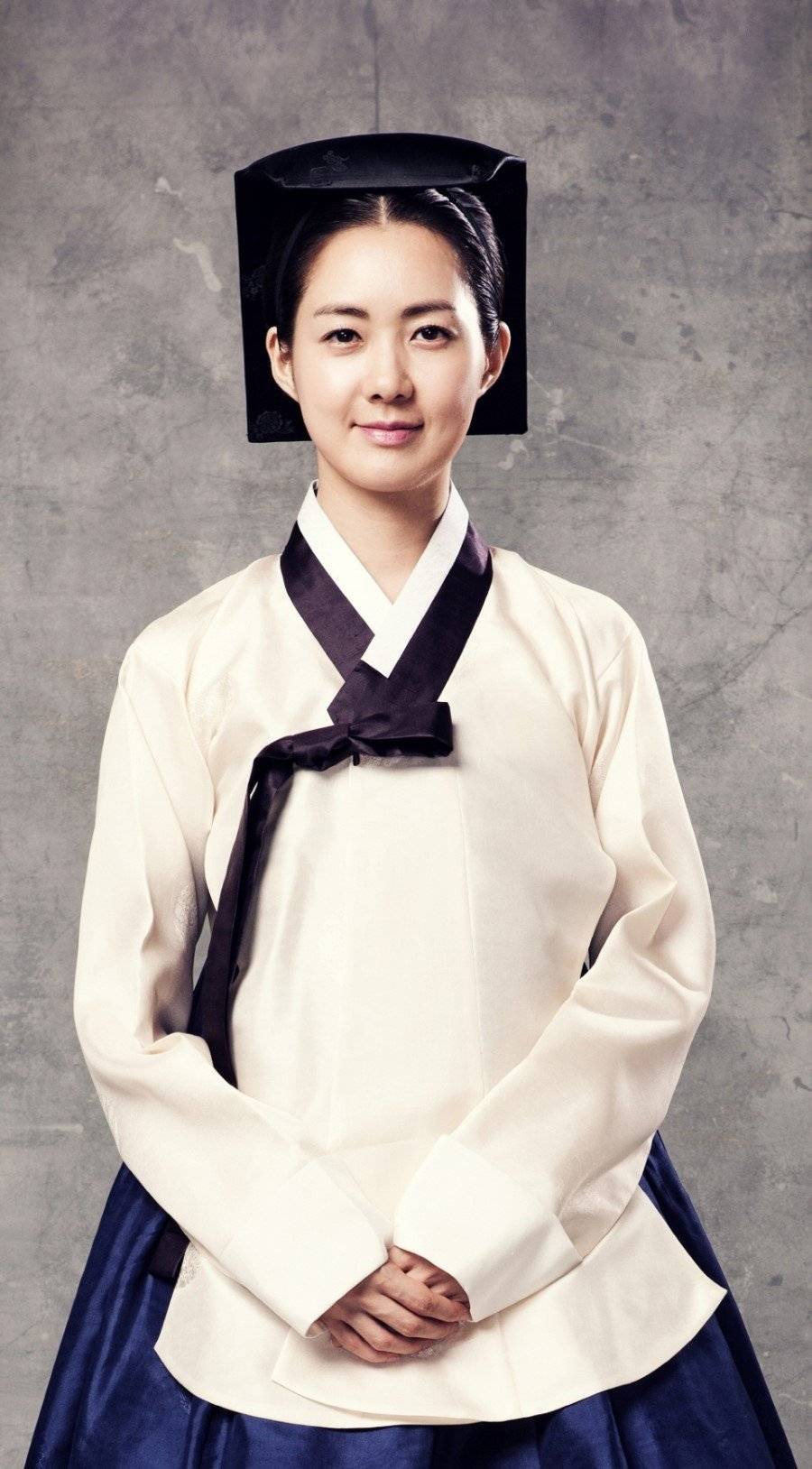 "เทศกาลชูซ็อก"
"เทศกาลชูซ็อก" หรือที่ทราบกันทั่วไปก็คือ วันขอบคุณเทพเจ้าของชาวเกาหลีนั่นเอง เริ่มเมื่อครั้งสมัยกษัตริย์ยูริ ซึ่งเป็นกษัตริย์องค์ที่ 2 แห่งอาณาจักรโคคูเรียว...
เทศกาลชูซ็อก - Chuseok (추석) ภาษาอังกฤษ มีทั้งเรียกทับศัพท์ว่า
Chuseok หากแปลตามพจนานุกรมก็คือ
Harvest Moon Day หรือที่ชาวต่างชาติรู้จักกันในนาม
Thank Giving Day ของชาวเกาหลีนั่นเอง
Chuseok วันขอบคุณพระเจ้าของชาวเกาหลีทุกวันที่ 15 เดือน 8 ตามปีปฏิทินของเกาหลี (ตรงกับวันไหว้พระจันทร์ของคนจีน) ชาวเกาหลีทุกคนจะมุ่งหน้ากลับบ้านเพื่อเฉลิมฉลองเทศกาล Chuseok หรือเทศกาลเก็บเกี่ยวในคืนวันเพ็ญ
Chuseok เป็นหนึ่งใน 2 วันหยุดสำคัญของเกาหลี เทียบเท่าได้กับวันขอบคุณพระเจ้าของชาวตะวันตก เป็นเวลาที่จะได้แสดงความเคารพต่อบรรพชน ด้วยพืชพันธุ์ธัญญาหารที่เก็บเกี่ยวมาใหม่ๆ
ผู้คนจากทุกภาคของประเทศจะมุ่งหน้ากลับบ้าน กลับไปแสดงความคารวะต่อบรรพชนด้วยอาหารตามประเพณี Chuseok มีชื่อเรียกอื่นด้วย อาทิเช่น Chochunil, Chungchujeol, Gabae และ Hangawi ทั้งหมดล้วนแปลว่าวันที่ยิ่งใหญ่
การมุ่งหน้ากลับบ้านในเทศกาล Chuseok ทำให้การจราจรติดขัด การเดินทางกลับบ้านอาจต้องใช้เวลานานนับ 10 ชั่วโมง แต่ก็ไม่มีใครบ่น พวกเขาเฝ้ารอคอยที่จะได้กลับไปพบกับครอบครัวและเพื่อนฝูง เด็กๆ จะสวมชุดฮันบกหรือชุดประจำชาติเกาหลี ที่ถูกเลือกสรรมาเพื่อโอกาสนี้โดยเฉพาะ
ในสมัยโบราณ เทศกาล Chuseok ยังเป็นเวลาที่ผู้คนผลัดเปลี่ยนเสื้อผ้าสำหรับรับฤดูใบไม้ร่วง การเตรียมเสื้อผ้าใหม่ๆ สำหรับเทศกาลวันหยุดนี้ถือเป็นประเพณีนิยม
ประวัติศาสตร์ของ Chuseok ย้อนกลับไปประมาณ 2,000 ปีก่อน ในยุคสมัยของกษัตริย์ชิลลาที่มีพระนามว่า King Euri ทรงปกครองอยู่ในช่วงสมัยของ 3 อาณาจักรใหญ่ (โกคูเรียว แพ๊กเจ และชิลลา) ทรงประสงค์ที่จะส่งเสริมอุตสาหกรรมการทอผ้า จึงทรงดำริให้จัดการแข่งขันทอผ้าขึ้น ผู้แพ้จะต้องจัดเตรียมสำรับอาหารให้กับผู้ชนะ นี่จึงถือเป็นจุดกำเนิดของเทศกาล Chuseok ที่ต่อมากลายเป็นวันหยุดสำคัญของชาติ
เทศกาล Chuseok จะฉลองกันทั้งหมด 3 วัน วันแรกของเทศกาลคือการกราบไหว้บรรพบุรุษ โดยมีการเตรียมล่วงหน้า 1 วันสำหรับจัดแท่นบูชา
เมื่อครอบครัวมาอยู่พร้อมหน้ากันย่อมหมายถึงการกินข้าวมื้อใหญ่ด้วยกัน เมื่อพิธีกราบไหว้บรรพบุรุษเสร็จสิ้นลง ทั้งครอบครัวจะมาฉลองร่วมกัน จะไม่เหมือนในวันปีใหม่ที่จะมี
Tteokguk หรือ
Rice cake soup สำหรับ Chuseok ข้าวที่เก็บเกี่ยวมาใหม่ๆ จะถูกนำมาทำเป็นเหล้าและขนม (Rice wine and Rice cakes) อาหารที่นิยมกินกันในวันนี้ก็คือ ซุป
Toran หรือน้ำซุปจากเนื้อวัวใส่รากเผือก

ในวันสำคัญนี้จะมีการเตรียมขนมประจำเทศกาลอย่าง
Songpyeon หรือ
Full moon rice cakes ที่ยัดไส้ด้วยงา ถั่ว เชสนัต แป้ง และธัญพืชที่เก็บเกี่ยวมาใหม่ๆ
หลังอาหารเช้ามื้อใหญ่ก็คือการไปไหว้สุสานบรรพชน สุสานจะถูกทำความสะอาดเตรียมไว้ก่อนถึงวันเทศกาล โดยมีการถางหญ้าและวัชพืชออกให้สะอาด คนในครอบครัวจะต้องคอยดูแลสุสานบรรพชนอย่างดี การที่สุสานถูกทิ้งขว้างให้รกร้างถือเป็นลบหลู่บรรพชนผู้ล่วงลับไปแล้ว

สำหรับ
Ganggangsullae คือการเต้นรำเป็นวงกลมภายใต้แสงจันทร์ คือหนึ่งในความบันเทิงยอดนิยมประจำเทศกาลนี้ ตามประเพณีดั้งเดิม ผู้หญิงในหมู่บ้านจะมายืนล้อมวงกัน จับมือกันไว้ ร้องเพลงและเต้นรำไปรอบๆ ใต้จันทร์เพ็ญ
จังหวะการเต้นรำจะเริ่มจากช้าๆ แล้วค่อยเร่งจังหวะเร็วขึ้น จะมีคนร้องนำ และคนที่เหลือจะขานรับด้วยคำว่า
"Ganggangsullae" หรือ
"Ganggangsuwollae"
ต้นกำเนิดของการเต้นรำนี้ย้อนหลังไปเมื่อหลายร้อยปีก่อน ตอนที่ญี่ปุ่นบุกโจมตีโชซอน (ปี 1392-1910) ทหารเกาหลีมีจำนวนน้อยจนไม่อาจต่อกรกับกองทัพใหญ่ของญี่ปุ่นได้ ยี่ซุนชิน ท่านผู้บัญชาการทัพในขณะนั้นจึงแนะนำให้ผู้หญิงทุกคนมายืนล้อมวงกัน
แล้วให้พวกเธอขึ้นไปบนเขาและเต้นรำไปรอบๆ ภายใต้แสงจันทร์ส่องสว่าง พวกญี่ปุ่นเห็นผู้หญิงเต้นรำและคิดว่าทหารเกาหลีมีจำนวนมากเหลือเกินจึงถอนทัพกลับไป หลังสงครามครั้งนั้น ชาวเกาหลีจึงจัดการเต้นรำแบบนี้ขึ้นทุกปีเพื่อเป็นการรำลึกถึงชัยชนะในครั้งนั้น
แล้วการที่มาร่วมกันเต้นรำภายใต้แสงจันทร์เช่นนี้ เท่ากับเป็นสัญลักษณ์แห่งสันติภาพและความมั่งคั่ง เพื่อแบ่งปันพืชผลที่งอกงาม และขอให้ชีวิตสดใสอิ่มเอิบดุจดั่งพระจันทร์ในคืนเพ็ญ
 Chuseok (추석 )
Chuseok (추석 )
Chuseok (Korean: 추석), originally known as Hangawi (한가위) (from archaic Korean for "great middle"), is a major harvest festival and a three-day holiday in Korea celebrated on the 15th day of the 8th month of the lunar calendar. Like many other harvest festivals, it is held around the Autumn Equinox. As a celebration of the good harvest, Koreans visit their ancestral hometowns and share a feast of Korean traditional food.
Origins of Chuseok :
Historically and according to popular belief, Chuseok originates from Gabae started during the reign of the third king of the kingdom of Silla (57 BC - AD 935), when it was a month-long weaving contest between two teams. Come the day of Gabae, the team that had woven more cloth had won and was treated to a feast by the losing team.
Many scholars also believe Chuseok may originate from ancient shamanistic celebrations of the harvest moon. New harvests are offered to local deities and ancestors, which means Chuseok may have originated as a worship ritual. In some areas, if there is no harvest, worship rituals are postponed, or in areas with no annual harvest, Chuseok is not celebrated.
Traditional customs :
In modern South Korea, on Chuseok there is a mass exodus of Koreans returning to their hometowns to pay respects to the spirits of one's ancestors. People perform ancestral worship rituals early in the morning. They often visit the tombs of their immediate ancestors to trim plants and clean the area around the tomb, and offer food, drink, and crops to their ancestors. Harvest crops are attributed to the blessing of ancestors.

One of the major foods prepared and eaten during the Chuseok holiday is songpyeon (송편), a crescent-shaped rice cake which is steamed upon pine needles. Other dishes commonly prepared are japchae, bulgogi and fruits.
 Folk games
Folk games :
A variety of folk games are played on Chuseok to celebrate the coming of Autumn and rich harvest. Village folk dress themselves to look like a cow or a turtle, and go from house to house along with a Nongak band playing music. Other common folk games played on Chuseok are tug of war, ssireum, archery and gama fighting. Folk games also vary from region to region. Ganggangsullae dance which is forming a circle under a moon is performed by women and children in southwestern coastal regions, and cockfight or bullfighting in the southern regions.
Happy Chuseok Day 2012 :
Chuseok (September 29 - October 1, 2012),
Chuseok is one of the year’s most important traditional holidays. It is celebrated on the 15th day of the eighth lunar month. Chuseok is often referred to as Korean Thanksgiving Day. It’s a celebration of the harvest and thanksgiving for the bounty of the earth. Family members come from all over the country to visit their ancestral homes.















































